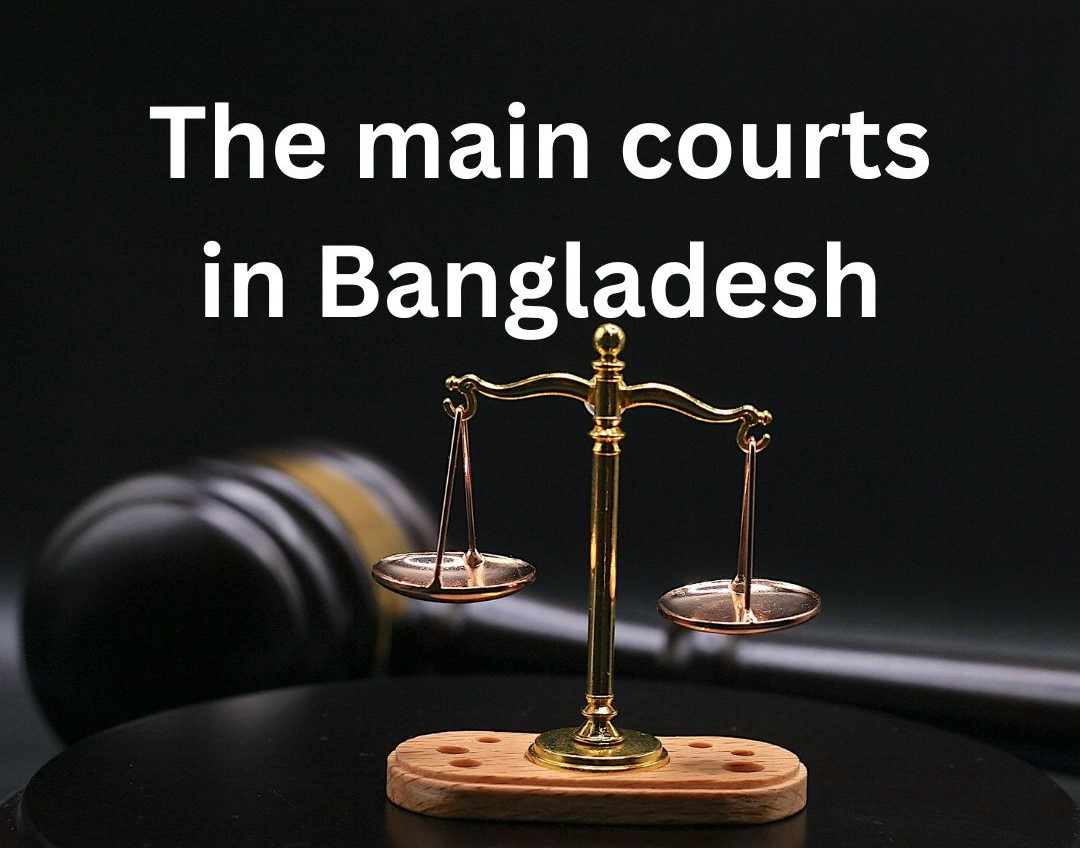Bangladesh secured its independence in 1971 and subsequently embraced its Constitution in 1972. According to Article 22 of the Constitution, the state is mandated to ensure the segregation of the judiciary from the executive branch of government. Upon independence, the highest court in Bangladesh was the High Court, established under the High Court of Bangladesh Order 1972. It comprised a Chief Justice and an adequate number of judges as deemed necessary. Subsequently, the Appellate Division was instituted, consisting of the Chief Justice and two additional judges appointed by the President following consultation with the Chief Justice. The Supreme Court superseded the High Court established under the Constitution of Bangladesh. Serving as the apex court, it oversees subordinate courts and tribunals dispersed throughout the nation.
The present judiciary of Bangladesh comprises the apex court and subordinate courts. The apex court, known as the Supreme Court of Bangladesh, encompasses the Appellate Division and the High Court Division. Additionally, there exist two tiers of subordinate courts: civil courts and criminal courts. Furthermore, special courts have been established under various special laws, including small causes courts, family courts, financial loan courts, special tribunals, courts of special judges, and administrative/appellate tribunals.
Supreme Court of Bangladesh
The Supreme Court of Bangladesh, established under the Constitution of Bangladesh, is the highest judicial authority in the nation. Chapter I of Part VI of the Constitution delineates its structure and functions. Notably, the Appellate Division and High Court Division operate as distinct entities with separate appointments. The Chief Justice heads the Supreme Court, with the President appointing as many judges as deemed necessary, based on the Prime Minister’s advice. While the Supreme Court is headquartered in Dhaka, sessions of the High Court Division may be convened at other locations as designated by the Chief Justice, subject to presidential approval. As of December 2019, the Appellate Division comprises 7 judges, including the Chief Justice, while the High Court Division consists of 101 judges.
Appellate Division
The Appellate Division of the Supreme Court of Bangladesh holds jurisdiction to hear and adjudicate appeals against judgments, decrees, orders, or sentences issued by the High Court Division. It possesses the authority to issue directives, orders, decrees, and writs as necessary to ensure complete justice in pending matters. Moreover, it retains the power to review any judgments or orders pronounced by it. Additionally, the Appellate Division exercises advisory jurisdiction, wherein the President may refer questions of law of significant public importance for the Division’s opinion.
High Court Division
The High Court Division’s jurisdiction encompasses civil, criminal, constitutional or writ, and special statutory matters. It holds special original jurisdiction to safeguard citizens’ fundamental rights and issue writs of prohibition, mandamus, certiorari, habeas corpus, and quo warranto. Furthermore, it exercises special and statutory original, appellate, revisional, admiralty, and miscellaneous jurisdictions under various legislative frameworks.
References:
1. The Evolution of Bangladesh’s Court Structure
The Evolution of Bangladesh’s Court Structure: How far have we come?
2. A full-service law firm with best Bangladeshi lawyers

